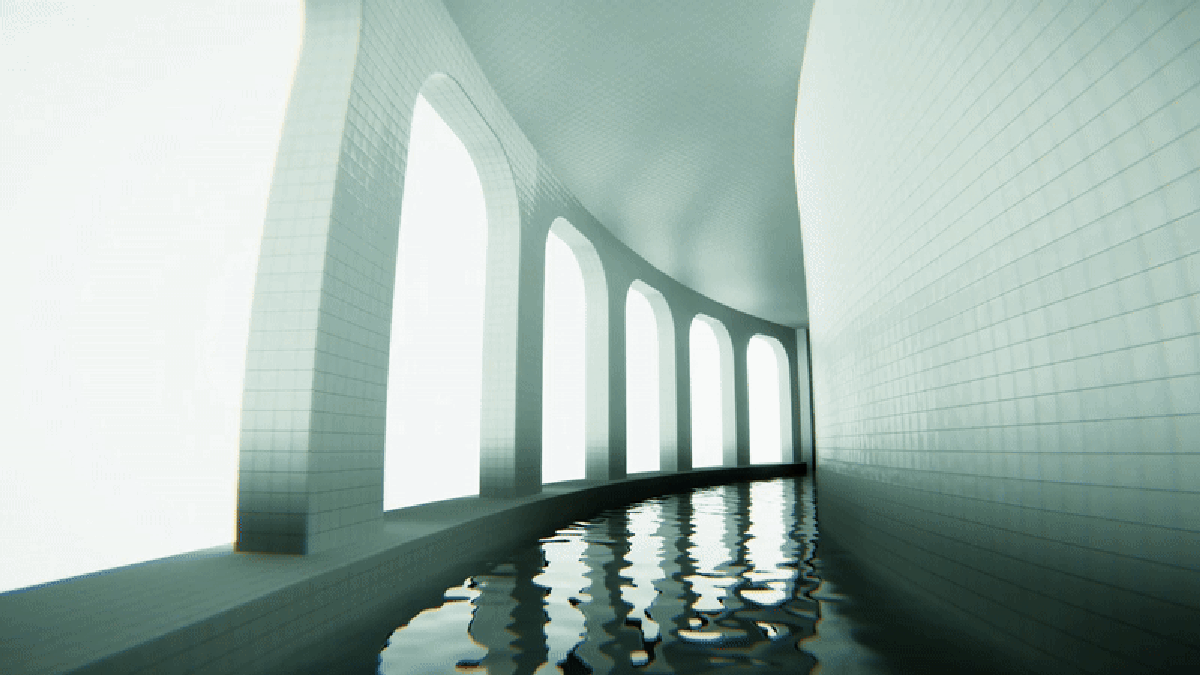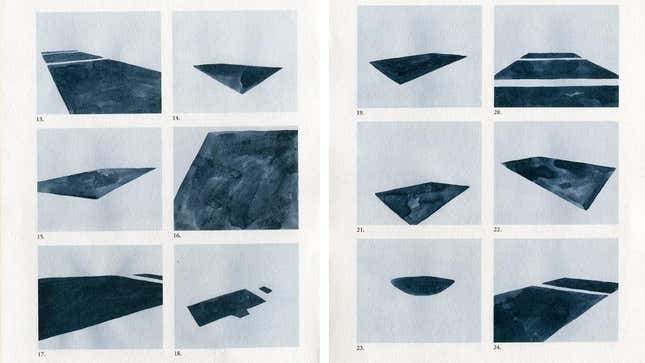Tech
This Indie Game Captures The Oddly Beautiful Liminality Of Pools

For a lot of people, indie game POOLS will lean into horror territory. While the walking simulator doesn’t have any monsters chasing you down, the liminal design of its environment is very capable of unsettling the player. Long, interconnected rooms of tiling and oddly-shaped bodies of water sloshing back and forth lead you to believe that something just isn’t right within the world of POOLS. And yet, for me, it evokes a surprising nostalgia for the many hours of my life spent around pools.
POOLS is a series of six mazes to navigate, with little guidance and no real threat. Instead, it presents an architectural uncanny valley influenced by the idea of liminal spaces and backrooms. There is also a lot of water. But the eerie emptiness of a space designed for more than one solitary person evokes the same feeling of early morning swim practices.
Pools, at least large public pools like the ones evoked by POOLS, are designed to be communal spaces. They are meant to be places of life and sound. In real life and the game, being alone when exploring a pool and its surrounding facilities can feel otherworldly. That isn’t necessarily an unsettling thing. While that is pretty explicitly what POOLS is trying to evoke, for me it manages to be almost meditative.
For the majority of my middle and high school years, I was a competitive swimmer. Like any sport, it was a time-consuming commitment that meant early mornings and late evenings. Mornings are especially memorable, bundled up in a warm parka sitting alone in front of a vast pool within a massive facility. Before sunrise, with the pool only lit by a few fluorescent bulbs on the deck, it can make you feel like the only person in the world.
Navigating through the white-tiled architecture of POOLS is about exploring something new. Each room is unique. Each has its own curves and hard angles, as well as its own utilization of the central water features. Some rooms have gorgeous pools that feel inspired by bathhouses, a few have colorful waterslides, and others are entirely flooded. Many feel utilitarian in design, simple railings and ladders surrounding rectangular receptacles of water. When traveling for competition, every pool was a new place to discover. Often they were my only window into whatever city I was in—the pool was the whole world.
I wanted to memorize each pool’s unique elements, down to the discrepancies in how it felt to glide through the water. These reconstructions still exist in some deep part of my mind. Some are clearer than others, but they are linked together like a mind palace of sorts that I can walk through. They are always empty, except for the dull buzz of electricity from the lights and the sloshing of water.

The best visual representation of this has always been, for me, the work of Leanne Shapton. Now an artist and writer, Shapton was a competitive swimmer for the majority of her youth. In her memoir, Swimming Studies, Shapton intercuts text with various pieces of art. The most memorable to me are the pages of simple geometric renderings of different pools across the world that Shapton has visited. The dark shapes of the pools are contrasted by a stark white surrounding, with nothing else.
Like Shapton’s art, POOLS breaks these spaces down to the basics of dark water and muted white surroundings. But the game triggers something in me much closer to my memories. It’s a combination of the visual rendering of the space, the audio of water dripping on tiles, and the ability to wander at my own pace. There are some rooms in POOLS that feel almost directly lifted from my brain like I’m wandering into memories. It’s not the unsettling experience the game is intended to be for most players, but something more personal and just as enthralling.
.










/cdn.vox-cdn.com/uploads/chorus_asset/file/24100829/226345_Nest_Doorbell_wired_JTuphy_0006.jpg)